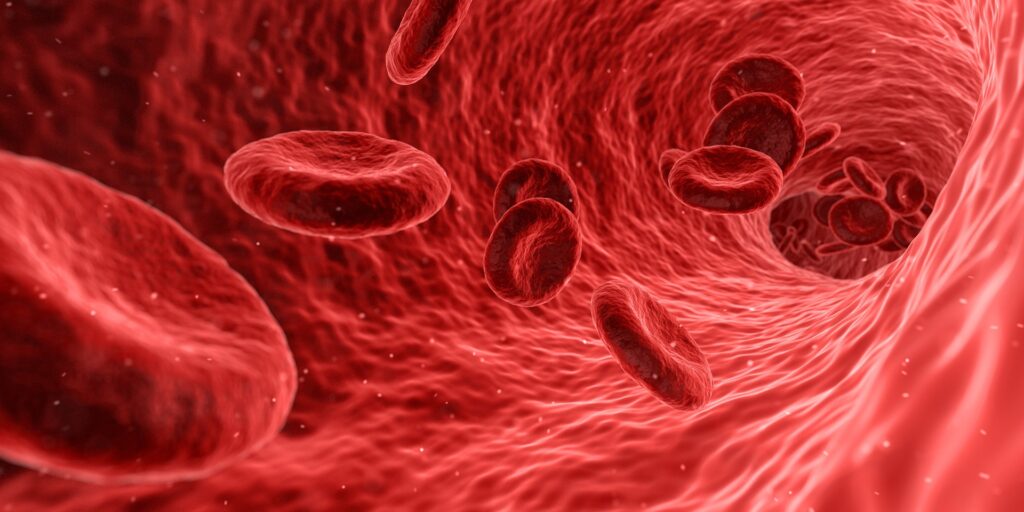
Monroe Carell Jr Children’s Hospital at Vanderbilt has launched a study to test out a predictive model for identifying paediatric patients at risk for developing blood clots or venous thromboembolisms.
The study examined the use of advanced predictive analytics to predict the development of blood clots in paediatric patients at risk for them.
“Hospital-associated blood clots are an increasing cause of morbidity in paediatrics,” said the study’s principal investigator, Shannon Walker, MD, clinical fellow of Paediatric Haematology-Oncology at Children’s Hospital.
Though they are rarer events in children than in adults, morbidity and mortality is higher and Dr Walker nevertheless noticed that blood clot development in children was on the rise.
“The reason children get blood clots is very different from adults,” said Dr Walker.
“There was no standardised protocol for preventing clots in paediatric patients. As we noticed that the rate of blood clots was going up and recognised that the adult strategy wasn’t going to work for our patients, we wanted to look at each patient’s individual risk factors and see how we could focus our attention on targeted blood clot prevention.”
The study, which will be published in Pediatrics, describes how the team built and validated a predictive model that can be automated to run within the electronic health record of each patient admitted to the hospital.
The model includes 11 risk factors and was based on an analysis of more than 110 000 admissions to Children’s Hospital and has been validated on more than 44 000 separate admissions.
Currently the team is studying using this model along with targeted intervention in the clinical setting in a trial called “Children’s Likelihood of Thrombosis,” or CLOT.
The prediction model follows this procedure: every child admitted to the hospital has a risk score calculated. The patients are randomised, so in half of the patients, elevated scores are reviewed by a hematologist, and then discussed with each patient’s medical team and family to determine a personalised prevention plan. All patients, regardless of their assigned group, continue to receive the current standard of care.
“We are not utilising a one-size-fits-all plan,” said Walker. “This is an extra level of review allowing for a very personalized recommendation for each patient with an elevated score. Each day the score is updated, so as risk factors change, the scores change accordingly.
“We are, in real-time, assessing the use of this model as a clinical support tool. We saw a clinical opportunity of something we could improve and have moved forward with building the model—to identify high-risk patients and are currently performing the CLOT trial, which will run through the end of the year.”
The Advanced Vanderbilt Artificial Intelligence Laboratory (AVAIL) was instrumental in Walker’s study. Only in its second year, the programme is leading the way in supporting artificial intelligence tools at Vanderbilt University through project incubation and curation, including facilitating clinical trials to assess their effectiveness.
“AVAIL served as a catalyst, in this instance by bringing experts in a complex trial development into proximity so that a great synthesis could happen,” said Warren Sandberg, MD, PhD, who is executive sponsor of AVAIL, along with Kevin Johnson, MD.
“What is unique about this particular project is that we were not only able to predict complications but also able to test the model in a rigorous, pragmatic, randomized, controlled trial to see if it benefits patients,” said Dan Byrne, senior biostatistician for the project and director of artificial intelligence research for AVAIL.
“The future of this kind of work is unlimited,” he said. “We can hopefully use this approach to predict and prevent pressure injuries, sepsis, falls, readmissions or most any complication before they happen. At Vanderbilt, we are raising the bar when it comes to the science of personalised medicine and application of artificial intelligence in medicine in a way that is both ethical and safe.”
Source: Medical Xpress

